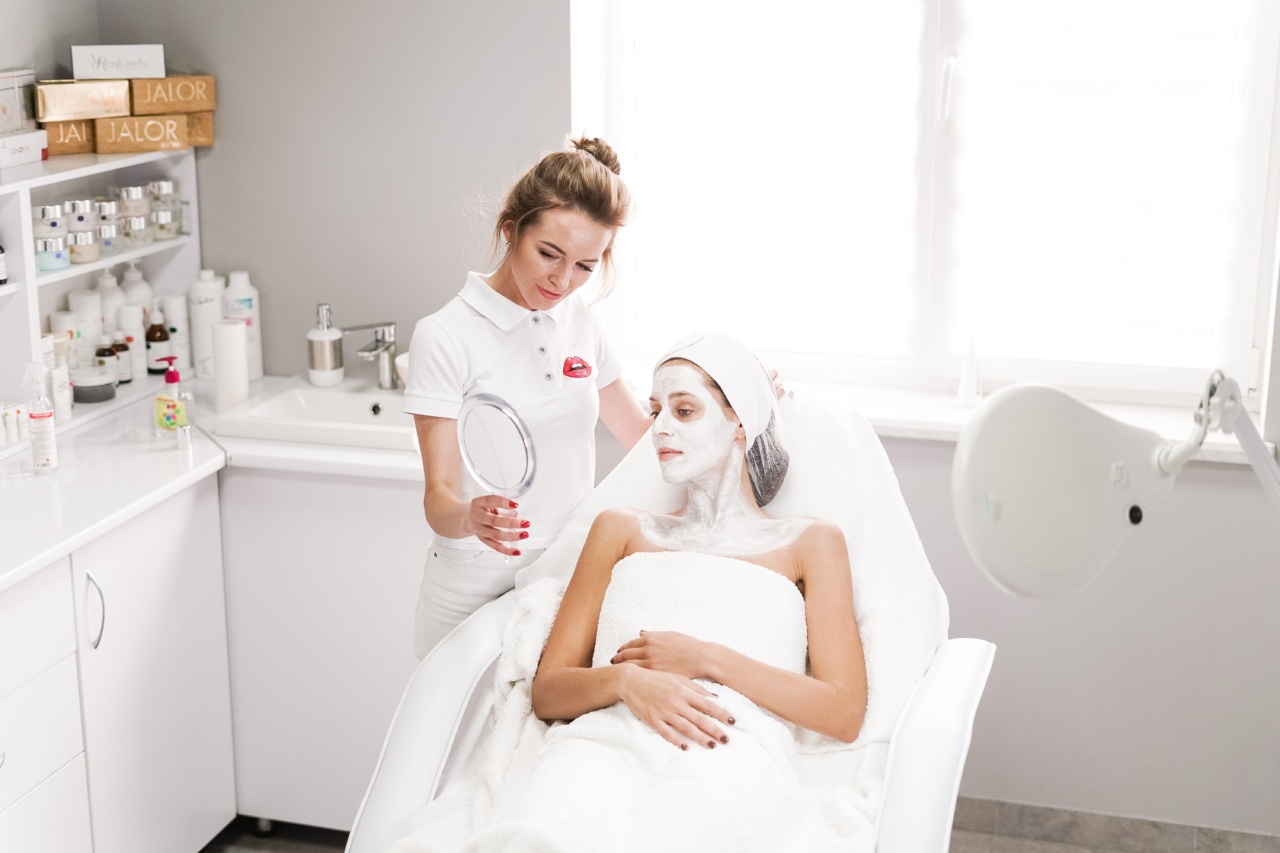Premenstrual syndrome (PMS) refers to a set of physical and emotional symptoms that occur in the days or weeks before a woman’s menstrual period.
These symptoms can range from mild to severe and can greatly affect a woman’s quality of life during this time. Every woman experiences PMS differently, which is why it is crucial to customize treatment plans based on individual needs.
In this article, we will explore various treatment options for managing PMS and highlight the importance of tailoring treatment to each woman’s unique symptoms and circumstances.
Understanding Premenstrual Syndrome
PMS affects millions of women worldwide and is characterized by a wide range of symptoms. These symptoms can be divided into two categories:.
Physical Symptoms
Physical symptoms of PMS can include:.
- Abdominal bloating
- Breast tenderness
- Cramps
- Headaches or migraines
- Fatigue
- Joint or muscle pain
- Acne breakouts
- Food cravings
Emotional Symptoms
Emotional symptoms of PMS can include:.
- Irritability
- Mood swings
- Anxiety
- Depression
- Feeling overwhelmed
- Tension or anger
- Difficulty concentrating
Customizing Treatment for Each Woman
Since PMS presents differently in every woman, it is essential to customize treatment plans to suit individual needs. One-size-fits-all approaches may not be effective in managing the diverse range of symptoms experienced.
Here are some key considerations when tailoring treatment for each woman:.
1. Identifying Symptom Patterns
Knowing the specific symptoms a woman experiences and how they vary throughout her menstrual cycle can help in developing a targeted treatment plan. By tracking symptoms over several months, patterns can emerge, and triggers can be identified.
This information allows healthcare professionals to better understand the nature of a woman’s PMS and design appropriate interventions.
2. Lifestyle modifications
Encouraging women to make certain lifestyle modifications can significantly alleviate PMS symptoms. These modifications may include:.
- Regular exercise, which helps reduce physical discomfort and improve mood
- Stress management techniques, such as yoga, meditation, or deep breathing exercises
- Adequate sleep, as sleep deprivation can intensify PMS symptoms
- Healthy diet, focusing on whole foods, reducing salt intake, and avoiding caffeine and alcohol
- Supplementation with vitamins and minerals, particularly those known to support hormonal balance
3. Nonsteroidal anti-inflammatory drugs (NSAIDs)
For women experiencing severe pain associated with cramps or headaches, NSAIDs can provide relief by reducing both inflammation and discomfort.
These over-the-counter medications, such as ibuprofen or naproxen sodium, should be taken as directed, preferably at the onset of symptoms for maximum effectiveness.
4. Hormonal interventions
For women with severe PMS symptoms that significantly impact their daily lives, hormonal interventions may be considered. These interventions involve the use of hormonal contraception methods, such as birth control pills, patches, or hormonal IUDs.
These methods can help regulate hormonal fluctuations responsible for causing PMS symptoms. However, it is essential to consult with a healthcare professional to determine the most suitable option based on individual health and preferences.
5. Alternative therapies
Some women may prefer to explore alternative therapies to manage their PMS symptoms. These therapies can include:.
- Herbal supplements: Certain herbs, such as chasteberry, evening primrose oil, and black cohosh, have been traditionally used to alleviate PMS symptoms. However, scientific research regarding their effectiveness is limited.
- Acupuncture: The insertion of thin needles into specific points on the body can help balance energy flow and potentially reduce PMS symptoms.
- Relaxation techniques: Practices like aromatherapy, massage, and reflexology may help reduce stress and promote relaxation, thus relieving PMS symptoms.
6. Psychotherapy
For women experiencing significant emotional symptoms associated with PMS, psychotherapy can be a valuable treatment option.
Cognitive-behavioral therapy (CBT) and other forms of talk therapy can help individuals identify and modify negative thoughts and behaviors that contribute to PMS-related distress. Additionally, therapy provides a supportive space for women to navigate the emotional challenges that arise during their menstrual cycle.
7. Supportive networks
Encouraging women to seek support from others who understand or share similar experiences can be immensely beneficial.
Support groups or online communities provide platforms for individuals to connect, share coping strategies, and find solace in knowing they are not alone in their PMS journey.
8. Medications for specific symptoms
In cases where specific symptoms are particularly troublesome, targeted medications may be prescribed.
For example, selective serotonin reuptake inhibitors (SSRIs), commonly used as antidepressants, can help manage severe mood swings, anxiety, and depression associated with PMS. Similarly, diuretics may be prescribed to alleviate bloating and fluid retention.
9. Regular follow-ups
Regular follow-ups with a healthcare professional are crucial to assess the effectiveness of the treatment plan and make any necessary adjustments.
PMS symptoms can change over time, and flexibility in treatment approaches is vital in ensuring ongoing symptom management.
10. Self-care and self-awareness
Encouraging women to prioritize self-care and develop self-awareness regarding their PMS symptoms is key.
By understanding their bodies and needs, women are better equipped to make informed choices and engage in self-care activities that alleviate symptoms. This can involve relaxation techniques, engaging in hobbies, practicing mindfulness, or simply allowing oneself to rest and recharge during challenging times.
Conclusion
Premenstrual syndrome affects women differently, with a variety of physical and emotional symptoms. To effectively manage PMS, it is essential to customize treatment plans for each woman based on her specific symptoms, lifestyle, and preferences.
By identifying symptom patterns, making lifestyle modifications, considering hormonal interventions, exploring alternative therapies, and seeking support from healthcare professionals and supportive networks, women can find relief and improve their overall quality of life during the premenstrual phase.


























